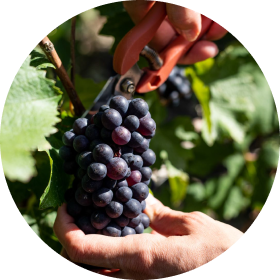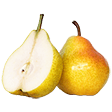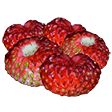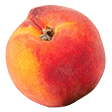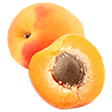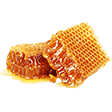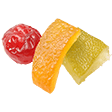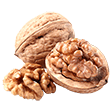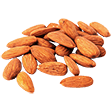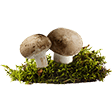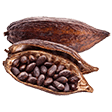Travel to the heart
of Champagne
Step 1 — Opening
A wine that stimulates all five senses
Hearing isn’t the first sense that springs to mind when we imagine a wine-tasting session. Nonetheless, Champagne delights the ear in a good many ways! From the noise made by the cork when you open the bottle to the fizz of the fine bubbles, tasting is just as interesting for the ears as for the other senses.
A legendary sound
The “pop” of the Champagne cork as it’s withdrawn from the bottle is an iconic noise instantly reminiscent of celebration. A noise full of promise of enjoyment to come.
On to the next act, in which an attentive ear will be able to detect the bubbles rising in the glass.
The words of hearing
" After the “pop” of the opening comes the pouring of the Champagne. You can hear its effervescence, a murmur, a rustling, a frisson... It sizzles, it crunches, it crackles. The bubbles burst, reverberate, giggle, babble, whisper and then die away All words that may well inspire you during tasting sessions. "
Step 2 — Effervescence
The ballet of bubbles
Now look closely. Fine bubbles are dancing in your glass, their movement an endless ballet. They form the collerette or “pearl necklace” on the surface. Look at the fine droplets they leave on the sides of the glass when they burst. You’ll be surprised to see that the wine’s effervescence is expressed in different fashions depending on its personality and age.
What colour is your Champagne?
Look deep into the liquid in your glass: what do you see? Champagne can come in an infinite number of hues, from the palest of yellows to old gold. Subtle red highlights signal the dominance of black grape varieties.
The wine in your glass has a mostly yellow robe with more or less evident green highlights? That’s often synonymous with a majority presence of chardonnay or the youth of the wine.
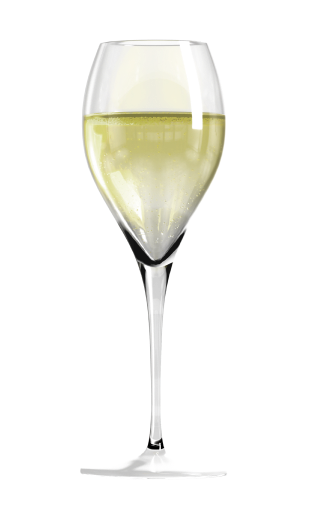
Look deep into the liquid in your glass: what do you see? Champagne can come in an infinite number of hues, from the palest of yellows to old gold. Subtle red highlights signal the dominance of black grape varieties.
This is the most usual colour. If you look closely at the robe, you’ll see that it’s “pure”, “complete” yellow with no highlights of any other colour. It’s the result of choices made in terms of grape varieties, vinification and/or ageing.
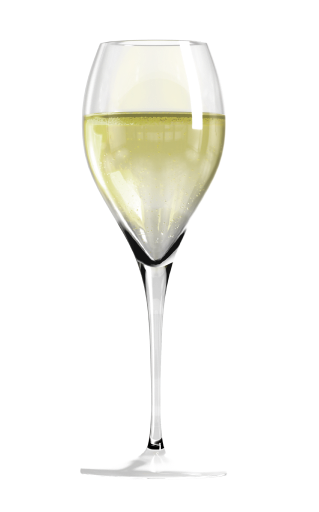
Look deep into the liquid in your glass: what do you see? Champagne can come in an infinite number of hues, from the palest of yellows to old gold. Subtle red highlights signal the dominance of black grape varieties.
Look closely at the wine in your glass. There are faint orange highlights in the yellow. This usually means that the wine is mostly composed of black grape varieties and/or with longer vinification time and/or a greater proportion of reserve wines.
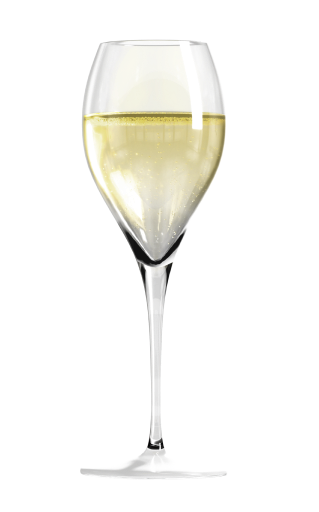
Look deep into the liquid in your glass: what do you see? Champagne can come in an infinite number of hues, from the palest of yellows to old gold. Subtle red highlights signal the dominance of black grape varieties.
The nuances here are closer to amber. This colour is first of all connected with vinification choices at the start of the process, as well as with the wine’s development. It’s usually a sign of complex wines of great maturity.

Look deep into the liquid in your glass: what do you see? Champagne can come in an infinite number of hues, from the palest of yellows to old gold. Subtle red highlights signal the dominance of black grape varieties.
The wine in your glass has a pale pink robe? Then it’s certainly a blended rosé with a low percentage of red wine or saignée /macerated rosé with short maceration.
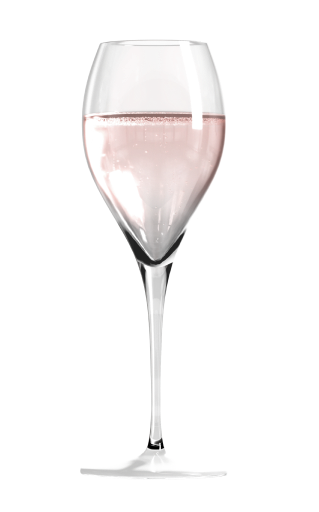
Look deep into the liquid in your glass: what do you see? Champagne can come in an infinite number of hues, from the palest of yellows to old gold. Subtle red highlights signal the dominance of black grape varieties.
The wine’s pinkness is accentuated by faint orange highlights Whatever the production method (blending or short maceration), this suggests that the Champagne has been aged over a longer period.
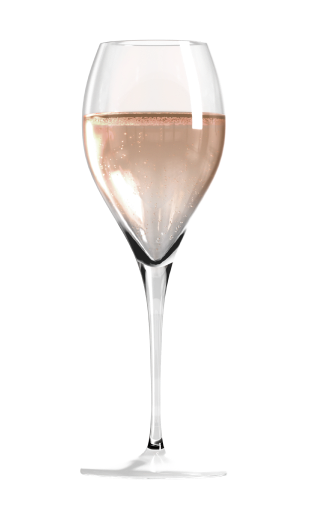
Look deep into the liquid in your glass: what do you see? Champagne can come in an infinite number of hues, from the palest of yellows to old gold. Subtle red highlights signal the dominance of black grape varieties.
The wine is darker in colour with red nuances. This is usually the colour of a Champagne wine produced by maceration.
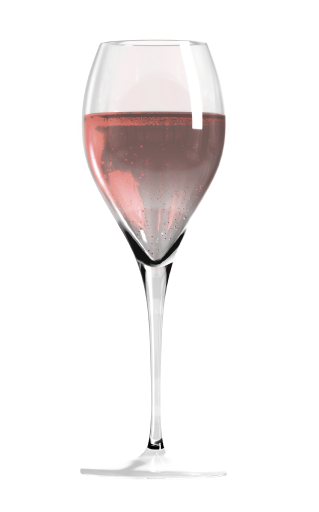
Look deep into the liquid in your glass: what do you see? Champagne can come in an infinite number of hues, from the palest of yellows to old gold. Subtle red highlights signal the dominance of black grape varieties.
Here, the robe has purple highlights, usually the result of longer maceration with the skins of pinot noir and/or meunier varieties.
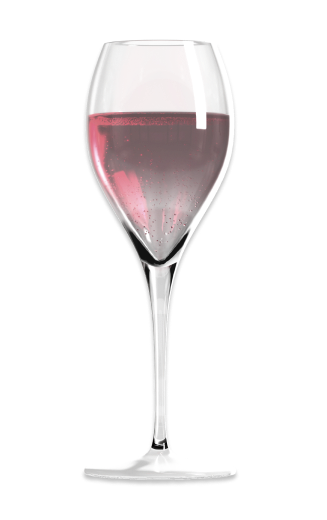
The words of sight
" Before our eyes, the newly poured liquid seethes, lives, stirs. Bubbles, fine and medium, regular, in columns, grouped together, delicate, are like a rain of shooting stars, twirling by... The mousse, a collerette of fine pearls, is creamy, white, resilient, vibrant, elegant... "
Step 3 — Handling
A glass suited to Champagne
The glass itself awakens the sense of touch. Ideally, it’s tulip-shaped and of the greatest possible finesse. A fine mist forms on its sides, a result of the chilled wine it contains...
Holding the glass
Of all our senses, it’s touch that will be the most sensitive to the Champagne’s temperature. When you hold the glass, the chill is immediately evident. On the palate, it’s a much appreciated sensation. Champagne displays the best of its qualities and character between 8°C and 10°C. So leave the bottle in a cool place or in an ice bucket for half an hour before serving.
The words of touch
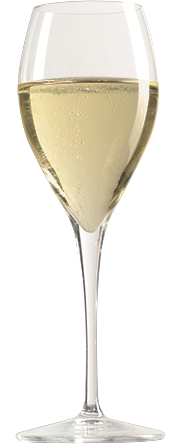
" Beneath our fingers, the light mists that forms on the sides of the glass captures and brings out the Champagne’s freshness. When it’s tasted, its fine bubbles invade the mouth and then explode, awakening the palate with their commotion. The taste buds are no less stimulated by the burst of flavours that is set free. "
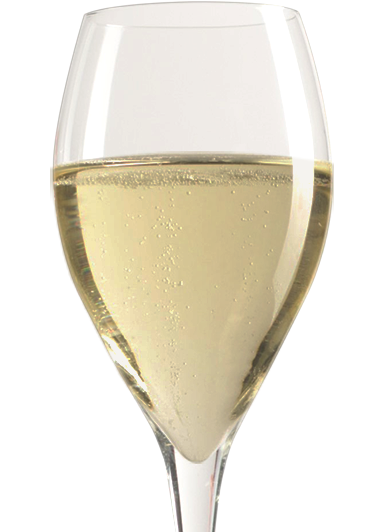
Step 4 — The tasting experience
Why the bubbles are so important
The bubbles act as amplifiers of Champagne’s fragrances. As they burst, you can smell the Champagne gradually liberating its aromas.
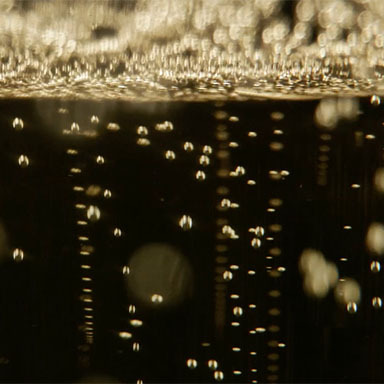
Sensations that develop over time
To make the utmost of Champagne’s organoleptic properties, you must wait for the wine to open up. First of all, you may detect the fragrance of white flowers, for example. But soon other fragrances round out the experience: orange peel, wild berries... These aromas depend on the Champagne’s profile and age. They develop over time, from youth to plenitude.
Champagne’s aromas
An explosion of flavours
White grapes
Chardonnay
It produces wines with notes of white flowers (hawthorn, honeysuckle, linden, acacia, jasmine and orange blossom), citrus fruits (lemon, grapefruit) and exotic fruits (lychee, pineapple) as well as apples, pears and spices (aniseed, ginger) and even mint.
On the palate
Such wines usually have a light, aerial structure on the palate along with a measure of liveliness. They are the expression of chalky terroirs described by a term that’s hard to define: “minerality”. It manifests itself in a combination of two sensations: acidity and salinity.
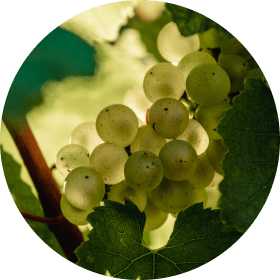


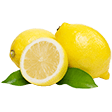
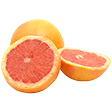
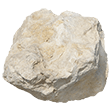
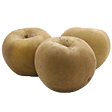

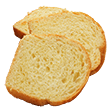

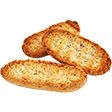
Black grapes
Pinot noir
It produces notes of white and yellow fruits (peaches, apricots and plums), as well as red fruits (strawberries, raspberries and cherries) and even black fruits (blackberries and blueberries), citrus fruits (mandarins and oranges), exotic fruits (mangos and passion fruit), floral touches (roses, peonies and violets) and sometimes spices (cinnamon and cloves).
On the palate
Pinot noir wines provide Champagne with body and punch
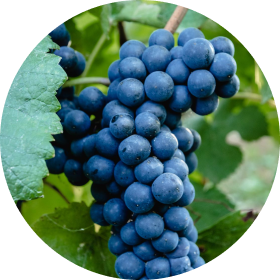

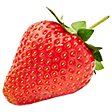


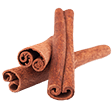
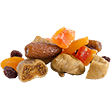
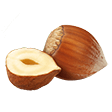
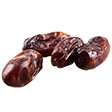

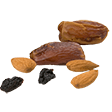
Black grapes
Meunier
It produces notes of white and yellow fruits (peaches, apricots and plums), as well as red fruits (strawberries, raspberries and cherries) and even black fruits (blackberries and blueberries), citrus fruits (mandarins and oranges), exotic fruits (mangos and passion fruit), floral touches (roses, peonies and violets) and sometimes spices (cinnamon and cloves).
On the palate
Wines produced from meunier provide Champagne with roundness, an indulgent, unctuous texture.
